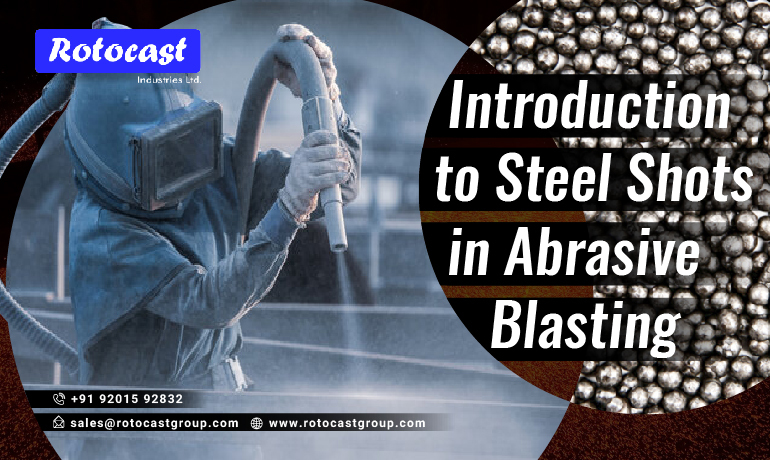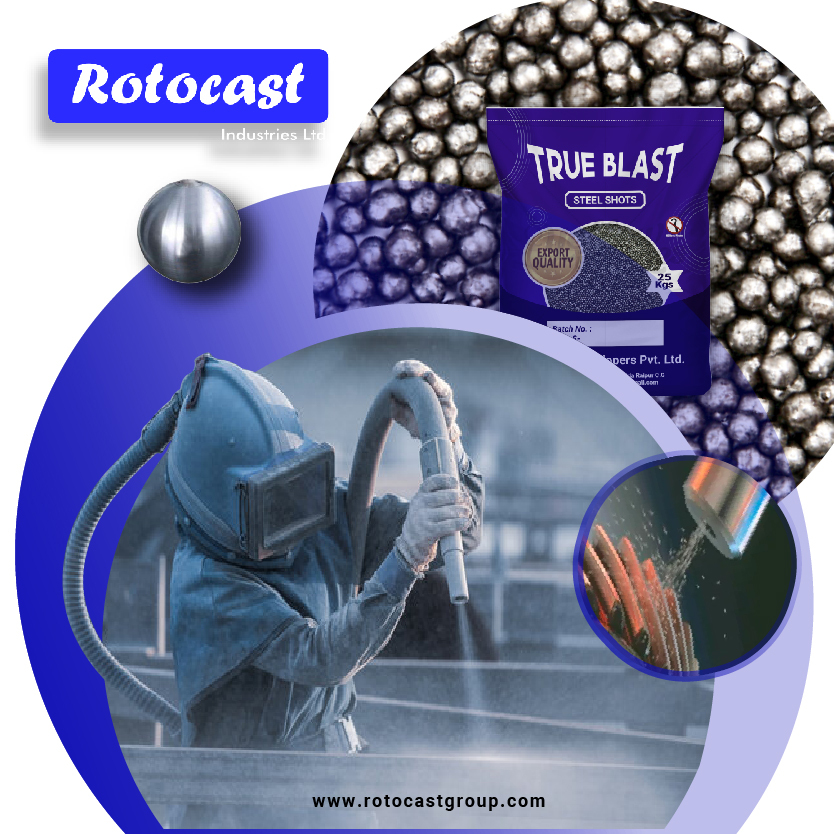
Abrasive blasting, a widely used technique across industries, involves the propulsion of abrasive materials at high speeds to clean, smooth, or roughen surfaces. Among the various abrasive media employed, steel shots stand out as a highly effective option due to their unique characteristics and versatile applications. In this article, we delve into the properties of steel shots and their significance in abrasive blasting processes.
Steel shots are spherical pellets made from molten steel, primarily composed of iron and carbon, with additional alloying elements depending on specific requirements. These shots undergo a rigorous manufacturing process, including atomization or granulation of molten steel, followed by quenching and tempering to attain the desired hardness and resilience. The resulting product is robust, uniform in size, and free from irregularities, ensuring consistent performance during abrasive blasting operations.
 One of the key advantages of steel shots lies in their exceptional durability. Unlike some abrasive materials that degrade rapidly upon repeated use, steel shots maintain their shape and effectiveness over multiple blasting cycles. This longevity not only enhances operational efficiency but also reduces downtime and material wastage, resulting in cost savings for operators.
One of the key advantages of steel shots lies in their exceptional durability. Unlike some abrasive materials that degrade rapidly upon repeated use, steel shots maintain their shape and effectiveness over multiple blasting cycles. This longevity not only enhances operational efficiency but also reduces downtime and material wastage, resulting in cost savings for operators.
Moreover, steel shots exhibit high-impact energy, enabling them to dislodge contaminants, coatings, or surface imperfections effectively. Their hardness, typically measured on the Rockwell scale, ensures efficient material removal without causing excessive substrate damage. This balance between abrasion and surface preservation makes steel shots suitable for various applications, including cleaning, descaling, deburring, and surface preparation in industries such as automotive, aerospace, construction, and marine.
The size distribution of steel shots plays a crucial role in determining their suitability for specific blasting tasks. Different grades or mesh sizes are available to accommodate varying surface profiles and cleaning requirements. Fine shots are ideal for intricate components or delicate substrates, providing precise cleaning without aggressive material removal. Conversely, larger shots deliver higher kinetic energy, making them suitable for heavy-duty applications such as rust removal from structural steel or concrete surfaces.
Furthermore, steel shots are environmentally friendly compared to certain abrasive alternatives. Their recyclability minimizes waste generation and reduces the overall environmental footprint of abrasive blasting operations. By implementing closed-loop systems or recycling facilities, operators can effectively manage spent shots, extending their lifespan and promoting sustainable practices within the industry.
However, it is essential to exercise caution while handling steel shots to ensure worker safety and prevent environmental contamination. Proper ventilation, personal protective equipment (PPE), and dust suppression measures should be implemented to mitigate health risks associated with airborne particles and metal dust generated during blasting operations. Additionally, adherence to regulatory guidelines and best practices helps maintain compliance and fosters a safe working environment for all stakeholders involved.
In conclusion, steel shots represent a valuable asset in abrasive blasting, offering unmatched durability, efficiency, and versatility. Their robust nature, coupled with consistent performance and recyclability, makes them a preferred choice for various surface preparation and cleaning tasks across industries. By understanding the properties and benefits of steel shots, operators can optimize abrasive blasting processes, achieving superior results while upholding safety and environmental standards.

